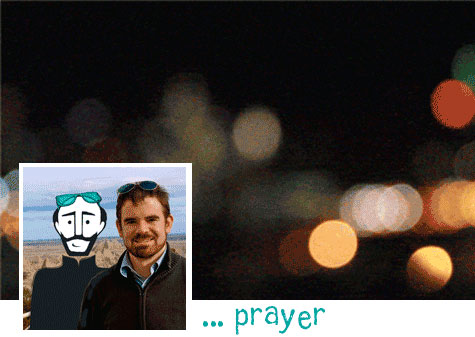By Matt Spotts, SJ

A typical prayer period for me might look like this: I stride into my room from class and throw my book bag in the far corner. I walk to the bookshelf and select my Bible, Kindle (just in case, you know, it looks different in digital), my iPod (I might want to pray with music, after all), and maybe a book on spirituality. Thus armed, I crash into a chair determined to march through my prayer and be on with the day. And then, at some point, God gently suggests: “My turn.”
Like almost everyone I know, I’m busy—writing, editing, and preparing lessons for my students. The trap is that enough work can leave me focused on myself, dwelling on what I’m doing, my task list and my plans. Of course, relationships aren’t the sort of thing I can successfully turn into a project, especially my relationship with God. If I treat prayer too much like a project, I slowly but surely cut the other person, God, out of the relationship.
The richness of my prayer starts to unfold most fully when I let go of the “what” of my prayer—the task, the job, the goal—and start to turn myself over to the Who, the One who invited me to prayer in the first place.
My better days still start with a whirlwind of activity—as far as I can tell, I don’t really have any other kind of day. The difference is that on my best days, I drop the library, the agenda, the entire project mentality. Instead, when God gently prompts, my response sounds something like this: “I’m so glad to have this time with you. I’m really excited to see what you have in mind.”
Matt Spotts, SJ, is a correspondent for The Jesuit Post, a website that covers Jesus, politics, and pop culture. Spotts graduated from Fordham University, and now studies at Saint Louis University, where he’s pursuing a Master of Arts in Early Modern European history.
